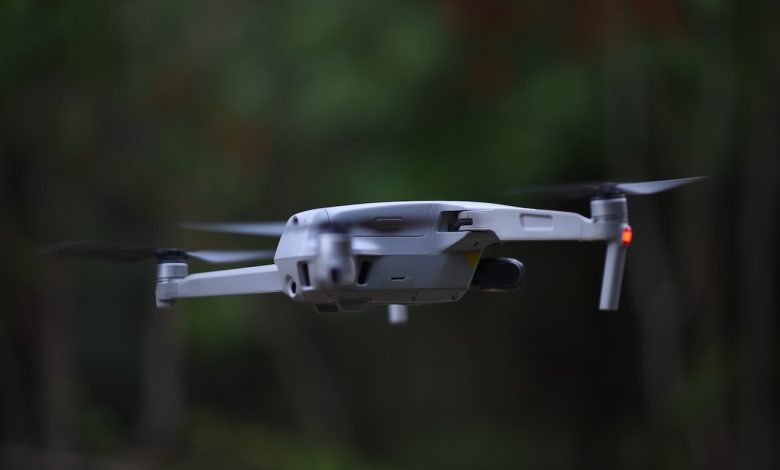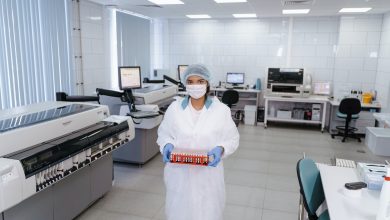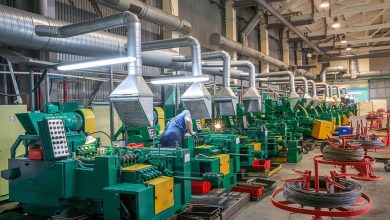5 Ways Architects Can Utilize Drone Technology

Architects are adopting cutting-edge techniques in today’s quickly evolving technology environment to improve their design and construction processes. Drone technology is one such ground-breaking innovation that has revolutionized the architecture sector. Drones provide architects with a bird’s-eye perspective of their projects, allowing them to acquire important information and expedite numerous operations. Drones are outfitted with high-resolution cameras and cutting-edge sensors. This post will look at five essential ways that drone technology might alter the way architects do their jobs.
Aerial surveys
By offering a smooth and effective substitute for conventional methods, drone technology has revolutionized site assessments for architects. Using drones, architects may quickly and efficiently collect thorough topographic data, enabling the production of exact 3D models of the ground. With the use of this cutting-edge method, architects may learn in-depth information about the location, analyze slope stability, and spot possible design issues before they become major issues. As a consequence, architects are better equipped to make judgments and alterations to their designs that will eventually result in significant time and resource savings throughout the course of a project.
Construction Monitoring
Drone technology offers architects a powerful tool for monitoring construction progress. Using high-resolution aerial photography and video, architects may see building projects remotely, even from great distances. Using this real-time visual data, architects can spot any changes from the original designs and make sure the building is constructed according to the design requirements. Drones can also take pictures of difficult-to-reach places, allowing for more efficient quality control and less expensive rework.
Enhanced Safety and Security
Drones may improve safety and security on construction sites in addition to construction monitoring. They may be used to conduct routine checks in high-risk regions, eliminating the need for personnel to enter potentially dangerous places physically. Additionally, drones with thermal imaging cameras may spot possible problems like heat leaks or electrical problems, assisting architects in quickly identifying and resolving safety issues.
Presentation and visualization
When it comes to project visualization and client presentations, drones provide architects with a distinct advantage. An immersive and thorough picture of the proposed design is provided by the high-resolution aerial photos and films taken by drones, which highlight not only the architectural components but also the surrounding landscape and contextual features. By successfully communicating their vision to clients, stakeholders, and regulatory bodies through visual material, architects are able to increase project comprehension and involvement.
Throughout the design and construction phase, architects can foster confidence, arouse enthusiasm, and enable informed decision-making by displaying the design in its actual setting.
Asset Management and Maintenance
Drones are increasingly used for asset management and maintenance of architectural structures. To spot any symptoms of wear, corrosion, or structural problems, buildings, bridges, and other infrastructure must undergo routine inspections. High-definition drones with cameras and sensors allow for quick inspections while obtaining precise images of the state of the building. Architects may use this information to analyze maintenance needs, schedule fixes, and efficiently allocate resources.
Inspections of Bridges by Drone
Technology for drone bridge inspections is very useful for inspecting bridges. Traditional bridge inspections may need the use of pricey specialist equipment or even lengthy, time-consuming manual checks. On the other hand, drones can fly across intricate bridge structures and record in-depth photos and movies of difficult-to-reach places. This method dramatically cuts inspection time and expenses while simultaneously increasing inspection accuracy.
Sustainable Design and Analysis
Drones can be quite helpful in this attempt as architects increasingly concentrate on sustainable design concepts. Using aerial surveys, architects may examine wind patterns, sun exposure, and other environmental conditions to maximize the building’s energy efficiency and lessen its environmental impact. Informed choices throughout the design phase may be made with the use of drones in the examination of a site’s viability for renewable energy installations like solar or wind turbines.
Conclusion
A game-changer for architects, drone technology, allows them to bypass conventional constraints and improve their design and construction methods. Drones give architects a tremendous range of capabilities, from simplifying site surveys to reinventing construction monitoring and increasing visualization. Architects may increase project efficiency, save costs, increase safety, and adopt sustainable design principles by utilizing drone technology.
In order to be at the cutting edge of innovation and produce outstanding buildings that satisfy the needs of the modern world, architects must embrace the possibilities of this technology as it continues to develop.





